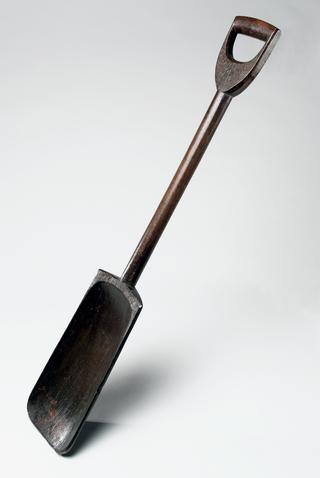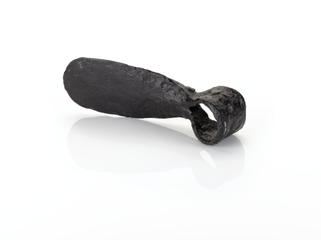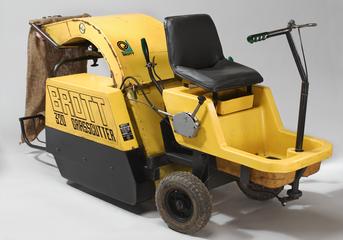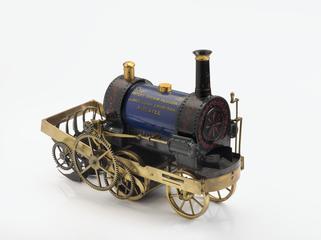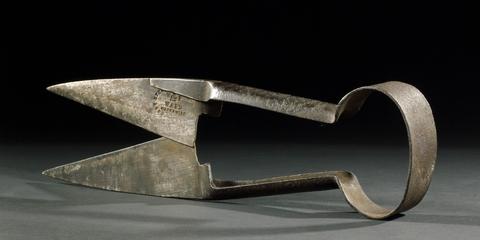

Model of flexible chain link harrow
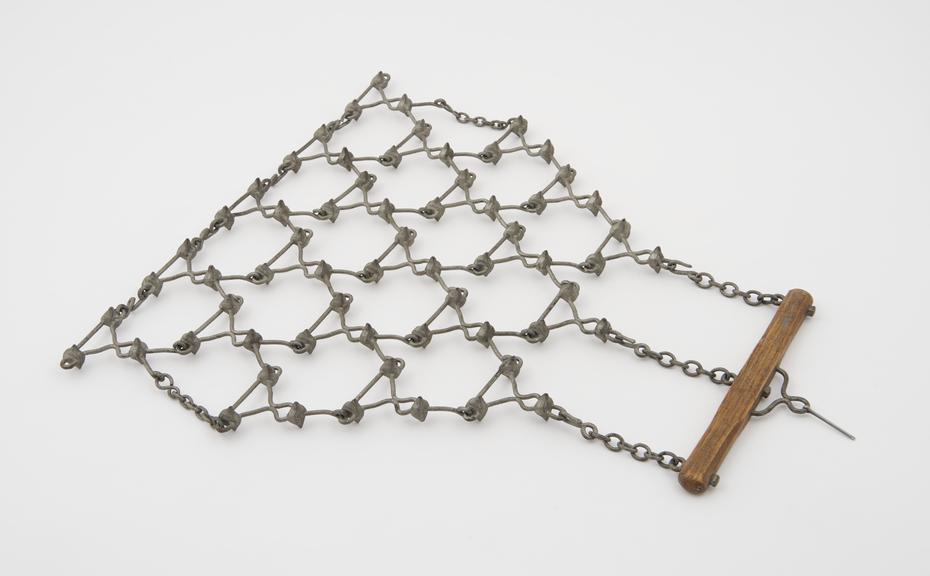
Model of flexible chain link harrow
The harrow is an implement of equal antiquity to the plough, its use being to further reduce the soil already ploughed, tear root weeds out of such soil and to cover newly sown seeds. The earliest form of harrow was probably a medium-sized bush such as hawthorn, cut and pruned so as to lie flat, which when drawn, made a number of deep parallel scratches on the ground. The next stage was the bush harrow which was a wooden frame through which thorn bushes were woven. This was then replaced during the early 19th century by chain link harrow. Another early type of harrow consisted of a rectangular wooden framework of bars and cross-bars with projecting wooden spikes or tines. Later, triangular and rhomboidal frames were used and regarded as improvements upon the old rectangular form. By the 16th century iron tines were used in place of the wooden ones, an from the early 19th century, many of the frames were also in iron.
Details
- Category:
- Agricultural Engineering
- Object Number:
- 1932-420
- Materials:
- metal (unknown) and wood (unidentified)
- Measurements:
-
overall (as displayed, wall mounted): 380 mm x 325 mm x 20 mm,
- type:
- model
- credit:
- Ransomes plc; Ransomes, Sims and Jefferies Limited
